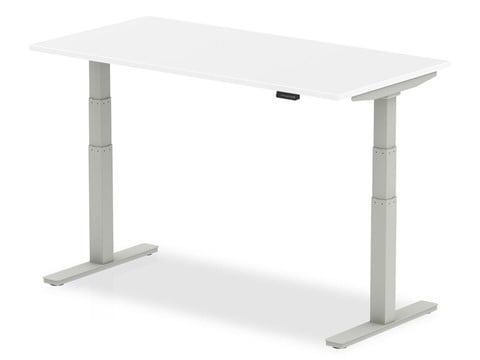Understanding Office Furniture Measurements
Ordering new office furniture is an exciting time. Whether this is for upgrading to a bigger office space, starting up a new company or simply upgrading to higher quality furniture.
However, it can be a stressful time. It may sound daunting to plan out your new office space, especially when you’re dealing with numerous office desks, bookcases, pedestals, meeting tables and more.
In order to help to make buying office furniture as smooth as possible, we’ve written this guide to ensure you fully understand what the measurements of office furniture actually mean.
But before we dive right in, it’s worth noting that while we do follow industry standards, here at ChairOffice, others may do it differently which is where you may find discrepancies. This guide is to help you when shopping at ChairOffice.co.uk. Were you to shop elsewhere using this information, it would be best to double-check and confirm measurements just to be safe.
What does width, height and depth mean?
One of the biggest issues we hear is that people get the measurements width, height and depth mixed up.
The industry standard is to display these measurements in the order of width first, height second and depth third.
For example, our Price Point Beech Panel End Desk can be shown as 1600 x 730 x 600. What this means is, the office desk is 1600mm in width (W), 730mm in height (H) and 600mm in depth (D).
When measuring furniture be sure to measure when facing the item in question, as though you were going to use it.
- Width (W): The measurement from left to right (when facing the front of the piece of furniture)
- Height: (H): The measurement of the item from the floor (if freestanding) to the very top of the product
- Depth (D): The measurement of the item from front to back












